In our conversations about how challenger brands can take on the big dogs in their categories, one question inevitably comes up: is my brand a challenger brand? The answer is almost always the same: most likely. By strict definition, the only brands that are NOT challenger brands are the market leaders. However, true challengers are defined by how they approach their 3 States: State of Market, State of Mind, and State of Readiness. Let’s dig a little deeper into each of these, starting with State of Market.
State of Market: Being a Non-Traditional Leader.
A hallmark of successful challenger brands is challenging the status quo. To disrupt traditional industry norms, challenger brands need to have a deep understanding of their position in the market, or their “State of Market.” This understanding allows them to take advantage of their unique position and carve out a niche for themselves in a crowded marketplace. Take Dollar Shave Club for example. When it burst onto the scene in 2012, Gillette was the undisputed king of the razor industry. The good folks at Dollar Shave Club took a different approach: sell high-quality razors directly to customers through a subscription service, at a lower price point than their competition.







